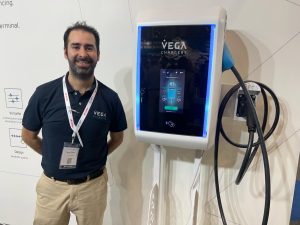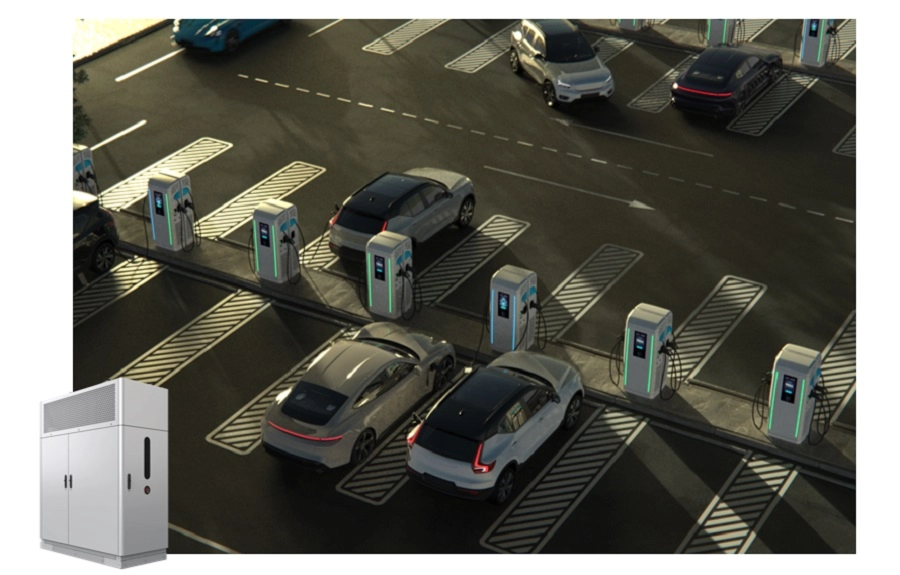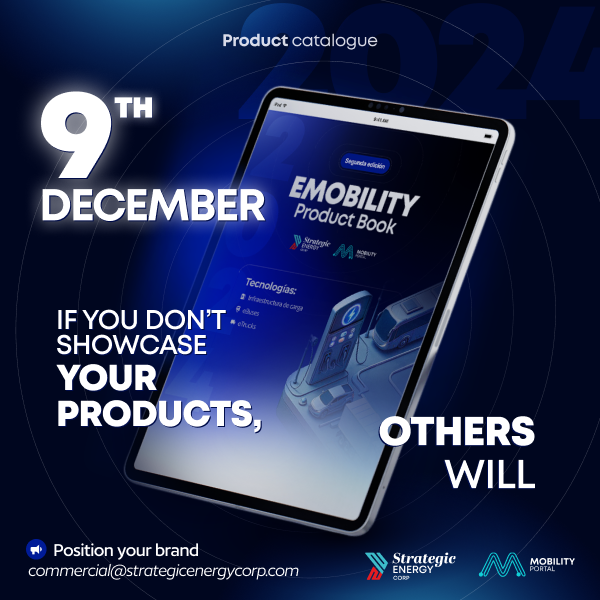Vega Chargers, the Spanish company dedicated to designing and manufacturing fast charging stations for electric vehicles, has successfully consolidated its presence in Europe with a long trajectory.
The next step is to land in Latin America with a direct current charger that promises to revolutionize electromobility.
It’s called the High Power Charging Constellation, with an external power unit of 600 kilowatts and dynamic balancing.
It dynamically supplies energy to different charging points, ensuring a more efficient and faster charge.

In contact with Mobility Portal Latinoamérica, Rodrigo Rojas Galeb, business developer for Latin America and Eastern Europe at Vega Chargers, reveals their expansion strategy:
“We are interested in strategic alliances with charging point operators with energy companies and businesses that have opportunistic charging within their objectives, such as hotels, restaurants, cinemas, and hospitals.”
This is because the new charger model is mainly designed for electric service stations, with roaming charging points.
Regarding markets, it aims to cover from Mexico, through Central America and the Caribbean, to Chile.
For its initial steps, Vega Chargers is focusing its efforts on key markets such as Mexico, Colombia, Chile, the Dominican Republic, Peru, Argentina, and Brazil.
In this sense, it expects to inaugurate the first charging points in Latin America by the end of the year, following its official presentation in Spain.

High Power Charging Constellation, with an external power unit of 600 kW and dynamic balancing.
“We are closing projects in Colombia, Chile, and Mexico,” he details.
It is worth mentioning that the HPC Constellation will be available in the general market after its presentation at the World Mobile Congress in Barcelona at the end of February.
Additionally, the first two stations are expected to be available in Spain by June, offering customers the opportunity to get a close look at how this cutting-edge technology works.
Interested parties can already begin to place orders for this technology, as the company is actively seeking partnerships and finalizing agreements.
What are the prospects for Vega Chargers in Latin America?
Rodrigo Rojas Galeb argues that there will be a “rush of demand” for direct current chargers.
This is because, unlike European countries, the distances are very long in Latin America due to its geography, which will create a “real need”.
“In Europe, there is a high demand. European standards require charging points every 60 KM of 400 kilowatts, and by 2026, it will be 600 kilowatts,” he explains.
When asked if Latin America needs regulations that establish and regulate these parameters, he responds:
“What is currently lacking is a standardization regulation for connectors.”
It is important to mention that as charger manufacturers, they are prepared to develop the four types of technologies required in the market.
“We have already developed CCS2 and CHAdeMO. We are about to develop GBT and NACS,” he adds.
Vega Chargers foresees significant growth in the region by creating partnerships with companies committed to electromobility, adapting the product to local demands and needs.
“It is important to have partners who are capable of carrying out local developments, so we have a world ahead of us. Latin America is an emerging market for any European company,” he points out.
The sale of the HPC Constellation will be through distributors, CPOs, energy companies, and engineering firms.
Moreover, their goal is to establish partnerships with partners to whom they can provide remote support.
At this point, Rojas Galeb argues that 80% of the problems a charger presents can be solved remotely through a program.
“We will try to solve that remaining 20% with our local distributor, supplying the necessary parts and pieces, or traveling for the initial installations and conducting the necessary training,” he concludes.





